Sidhak Verma
Myself Sidhak I am a student and a content writer. I share my ideas on social media and finding ways of earning money online on the internet.
Have you ever wondered why certain websites consistently appear first when you search for anything online? That is the magic of SEO...
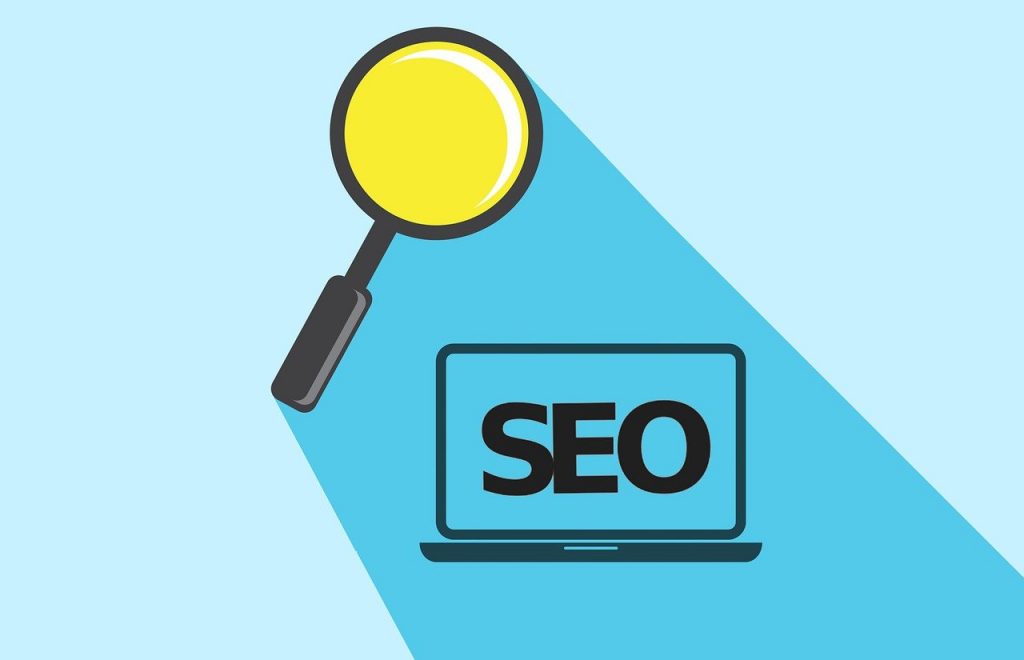
Image Credits: pixabay
Have you ever wondered why certain websites consistently appear first when you search for anything online? That is the magic of SEO (Search Engine Optimization). It’s a technique for making websites more visible and user-friendly so that they appear higher in search engine rankings. To put it simply, SEO is the process of making it easier for search engines to find your website. Why does this matter? Because the higher your website ranks, the more likely people are to click on it! And believe me, SEO tools make the SEO easier. Our SEO team at Tricky Enough have been using SEO tools like Semrush, Ahrefs, Google Search Console and other tools.
Think of SEO tools as the most essential tools for creating and managing your website. Marketers and developers utilise SEO tools to improve the performance of websites on search engines such as Google, Bing, and Yahoo, just as mechanics do to fix and tune cars.
In today’s competitive internet world, where millions of websites compete for users, SEO is essential. These tools assist you in identifying the best keywords, understanding your competition, improving your content, and tracking how well your website is performing.
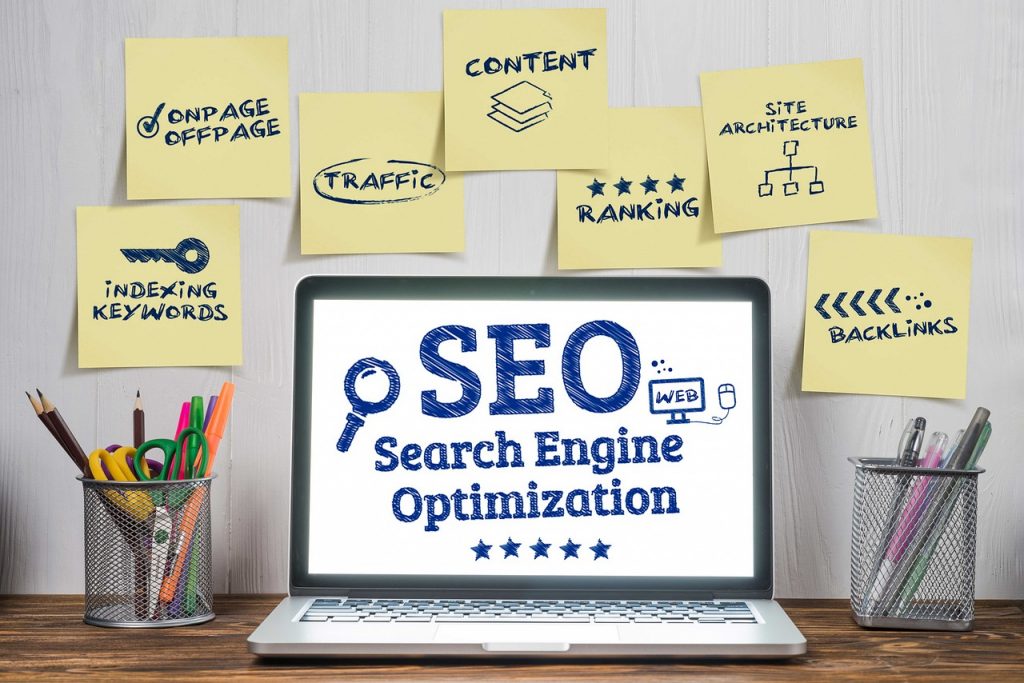
There are various types of SEO tools, each with a specific role. Here’s a detailed explanation:
On-page SEO solutions are primarily concerned with optimizing individual web pages to improve their rankings in search results. These tools analyze content, images, headers, and meta tags. For example:
Off-page SEO techniques address factors outside your website but influence its ranking. These include brand mentions, social signals, and backlinks. Here are a few examples.
Technical SEO techniques ensure that your website complies with search engine requirements by focusing on the backend structure. They cover topics such as crawlability, mobile friendliness, and site performance. Here are several examples:
Several elements of SEO tools handle various optimization needs. They usually provide the following:
Keywords are the foundation of search engine optimization. Tools such as Google Keyword Planner and SEMrush can help you find high-volume, low-competition keywords that can boost your website traffic.
A site audit evaluates your website’s overall condition. It highlights issues such as duplicate content, slow website performance, and broken links. SEMrush and Moz are great resources for this.
Backlinks play an essential role in ranking. SEO tools like Ahrefs can help you track your backlink profile, identify challenging connections, and find opportunities to build high-quality backlinks.
Maintaining an edge over competitors is critical. SEMrush, for example, allows you to study their methodology, backlinks, and keywords. This insight helps you to refine your plan.
Some systems make content recommendations based on user intent and trending topics. For example, Yoast SEO helps to improve keyword usage and readability.
Let’s take a deeper look at some of the most popular SEO tools and their distinct features:
This free tool is quite useful for tracking user activity and website traffic. It provides information on your website’s visitors’ origins, activities, and interactions with your content.
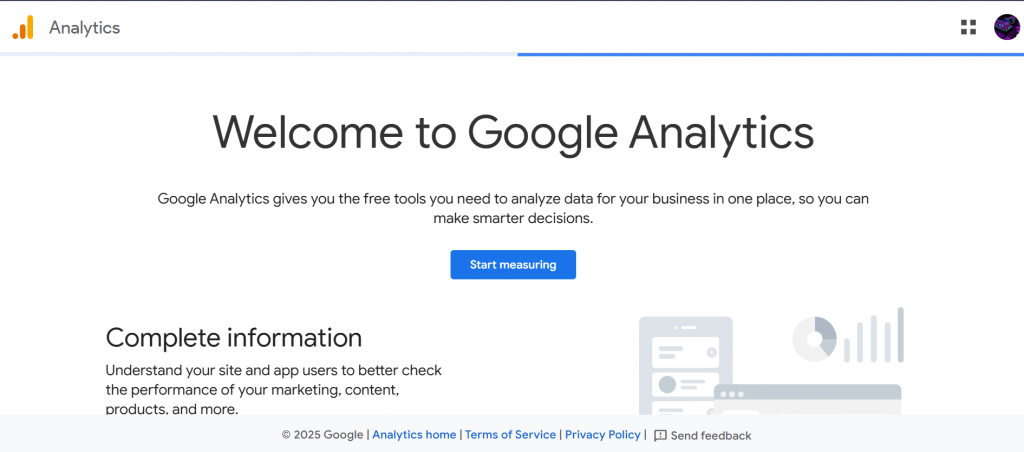
An all-purpose, adaptable tool for competitor analysis, backlink monitoring, site audits, and keyword research. Professionals rely on SEMrush because of its comprehensive feature set.
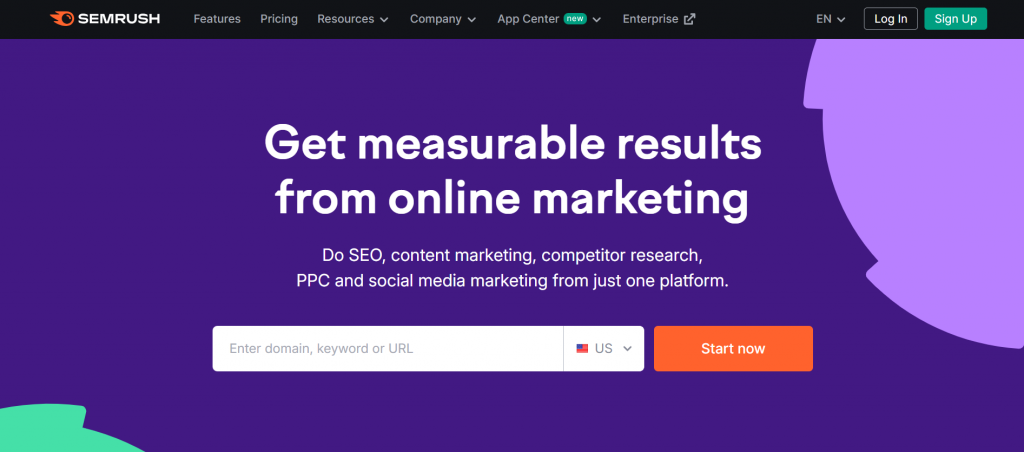
Ahrefs is well recognized for its backlink research capabilities, but it also offers competition analysis, site audits, and keyword tracking.

A popular WordPress plugin that streamlines on-page SEO optimization. It provides metatag recommendations, keyword density testing, and readability ratings.
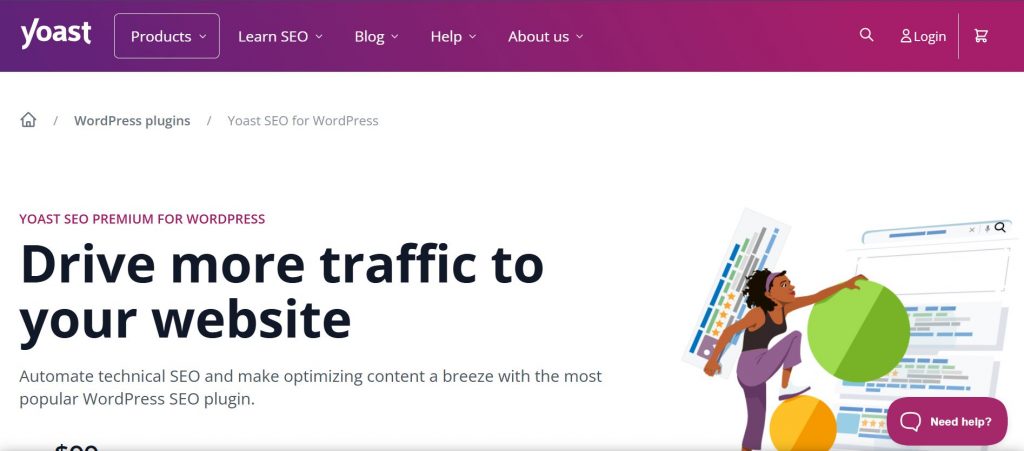
A powerful technical SEO tool that scans your website for issues such as broken links, duplicate content, and missing meta tags.
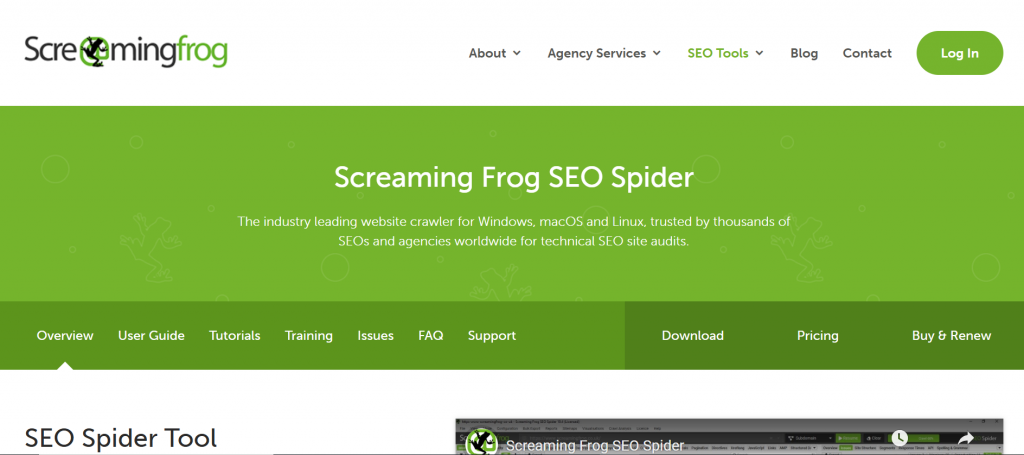
Selecting the right SEO tool depends on your specific needs, budget, and expertise.
Determine what you hope to accomplish. Do you wish to monitor backlinks, analyze competitors, or improve your content? Certain tools are superior at different tasks.
Paid tools, such as SEMrush and Ahrefs, provide complete functionality, but free ones, such as Google Analytics, are ideal for beginners.
The right tool meets your requirements and is easy to use. A user-friendly design, detailed documentation, and rapid customer support are all things to look for.
Both free and paid SEO tools have their advantages.
| Feature | Free Tools | Paid Tools |
| Keyword Research | Basic suggestions | Comprehensive data |
| Backlink Analysis | Limited insights | Detailed metrics |
| Usability | Easy to use | Advanced capabilities |
SEO tools bring numerous advantages to the table:
Despite their benefits, SEO tools come with challenges:
SEO tools are necessary for anyone looking to increase their internet visibility. These tools give crucial insights and automation for anything from website health analysis to keyword research and competitor tracking. Whether you’re a newbie or an experienced marketer, the correct tools can help you achieve goals quickly.